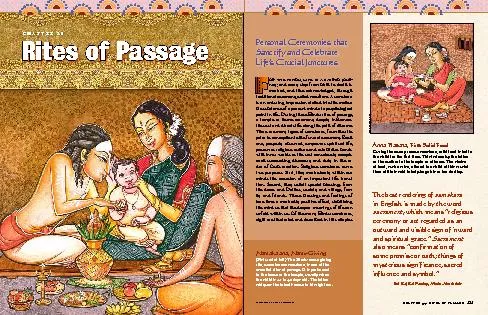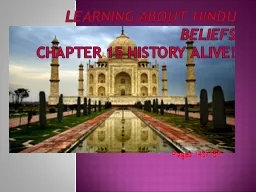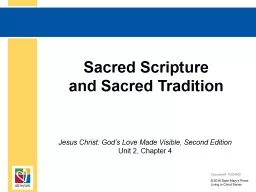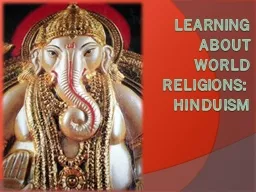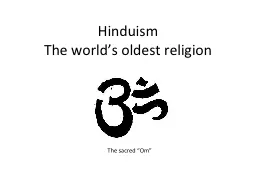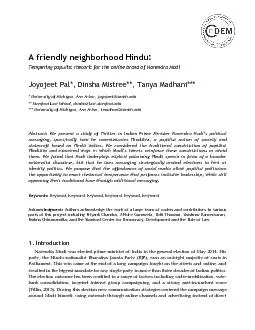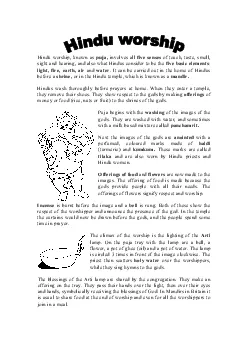PDF-or the hindu, life is a sacred journey; and every step from birth to d
Author : danika-pritchard | Published Date : 2017-11-26
chapter 39 rites of passageAnna Prasana First Solid FoodDuring the samskara solid food is fed to the child for the x00660069rst time This is done by the father or
Presentation Embed Code
Download Presentation
Download Presentation The PPT/PDF document "or the hindu, life is a sacred journey; ..." is the property of its rightful owner. Permission is granted to download and print the materials on this website for personal, non-commercial use only, and to display it on your personal computer provided you do not modify the materials and that you retain all copyright notices contained in the materials. By downloading content from our website, you accept the terms of this agreement.
or the hindu, life is a sacred journey; and every step from birth to d: Transcript
Download Rules Of Document
"or the hindu, life is a sacred journey; and every step from birth to d"The content belongs to its owner. You may download and print it for personal use, without modification, and keep all copyright notices. By downloading, you agree to these terms.
Related Documents

